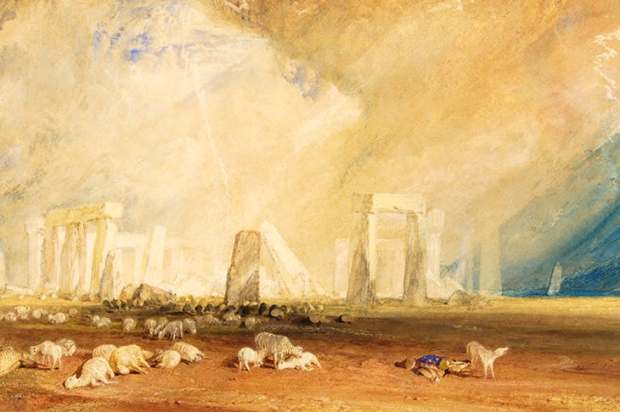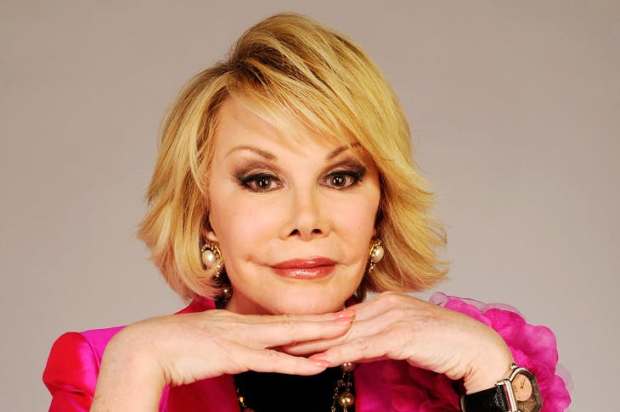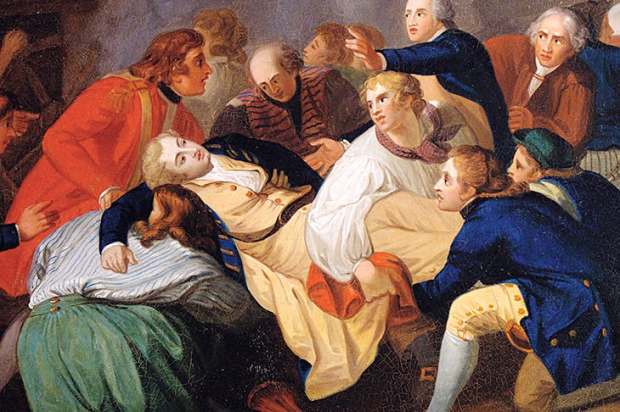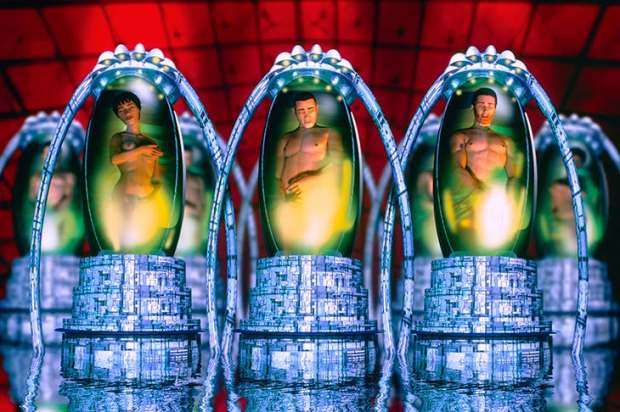A few years ago, a group of Native American leaders drove 12 hours from Oklahoma to Denver Museum of Nature and Science, a natural history museum in the Rocky Mountains of Colorado, to collect 26 sets of human remains. When Chip Colwell, the museum’s senior curator of anthropology, explained to them that, though the remains were fragments from people that populated the Great Plains, he didn’t know from which tribes, they were shocked: ‘The room plunges into silence,’ he recounts, followed by ‘heated deliberation’. The visitors were affronted. ‘They had come to rebury their kin — not strangers.’
This is only one of a number of fraught cases in Colwell’s lightly written, insider’s account of the battle over human remains and objects in museums. Skirmishes began in the 1970s in North America, rapidly breaking out into a vicious war of words. On one side were scientists who study human remains; on the other, campaigners who want to repatriate them to indigenous communities. While repatriation derives from the Latin repatriatus, meaning having been sent home again, the bones rarely go ‘home’. They are hundreds, if not thousands of years old; no one knows where home is. Instead, they are often reburied by a tribe deemed affiliated on the basis of factors that include group identity, geography and oral history.
The problem is that human remains are unique evidence, vital for research on evolution, population movement and the lifestyle of past peoples. But, as they were once human beings, they are also the focus of remembrance, associated with the sacred, and easily used in political fights, in this case the making of amends for historical wrongs. Nagpra, the Native American Graves Protection and Repatriation Act, made law in 1990, mandates repatriation as an act of restitution for the heinous treatment of American Indians by scientists, anthropologists and settlers over centuries.
Colwell’s role at Denver Museum was ‘to be a paradox’: he was both responsible for caring for over 20,000 sets of remains and objects in the collection and the official in charge of returning them. One part of that paradox, he embraced:
I feel a fleeting moment of satisfaction. All the shelves are empty except one… After nearly 25 years since Nagpra’s passage, nearly all the museum’s human remains are gone.
Where his story jars is in his naive assertions as to the benefits of collaboration between museums and indigenous groups. ‘Every repatriation is not an end but a chance for a new beginning’; ‘Repatriation has given American museums a second life.’ This appears disingenuous, for his ‘paradox’ is no such thing: if you empty the shelves and destroy the research material, it is not possible to investigate the past or collaborate.
Colwell is probably right that the war is coming to an end. But who has won? Although repatriation is presented as a triumph for indigenous groups, it is troubling because it resurrects racial ways of thinking about people. The idea of cultural continuity between the remains, some of which are thousands of years old — one of the most well-known, Kennewick Man, is, at 8,500 years old, older than the pyramids — and a contemporary group, is highly questionable; human populations are not bounded entities through time in this way. That a selected group can decide the future of remains — and the future of research — on the basis of their biology, is disturbing. Identity should not dictate the pursuit or closing down of knowledge.
Colwell refers self-deprecatingly to his own youthful eagerness to buy into the myth of the ‘Noble Indian’ but reproduces something similar. One Native American is described as having ‘the bearing of a high priest, full of quiet dignity’; another has a ‘soft voice and a kind air’. No doubt they do, but compare that to his pathologising of collectors, who have an ‘unruly passion’ that they exercise to fill a loss from childhood.
As Colwell has himself pointed out, burials of human remains sometimes take place without any member of any tribe. When there was no one to return remains to, curators from Denver Museum reburied the bones themselves. Perhaps the softly spoken Native people with quiet dignity are also a useful stage army. For, as this book shows, the fight to reclaim Native America’s culture has been waged, in significant parts, by professionals such as Colwell. His is indeed an insider’s account — just not from the sidelines. He too has been on the battlefield.
Got something to add? Join the discussion and comment below.
Get 10 issues for just $10
Subscribe to The Spectator Australia today for the next 10 magazine issues, plus full online access, for just $10.
You might disagree with half of it, but you’ll enjoy reading all of it. Try your first month for free, then just $2 a week for the remainder of your first year.











Comments
Don't miss out
Join the conversation with other Spectator Australia readers. Subscribe to leave a comment.
SUBSCRIBEAlready a subscriber? Log in